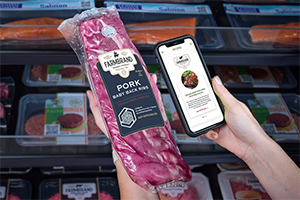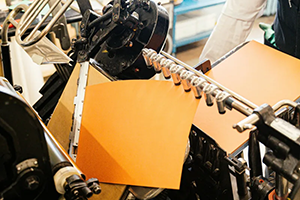Introduction to Die Cutting: Why It Should Be on Your Radar
Have you ever been captivated by packaging that embraces a product with such precision, its contours so complex they appear almost enchanting? If you’re a business owner in search of impeccable packaging solutions or a manager aiming to elevate your brand’s visual impact, the die cutting process is the hidden gem crafting those impeccable designs. Far more than a mere production step, it’s a game-changing art that sets your boxes and labels apart amidst fierce market competition.
So, what exactly is die cutting, and why should it claim a top spot on your business agenda? Let’s dive into this innovative method and explore how, with remarkable precision, it resolves common packaging woes like uneven edges or material waste.
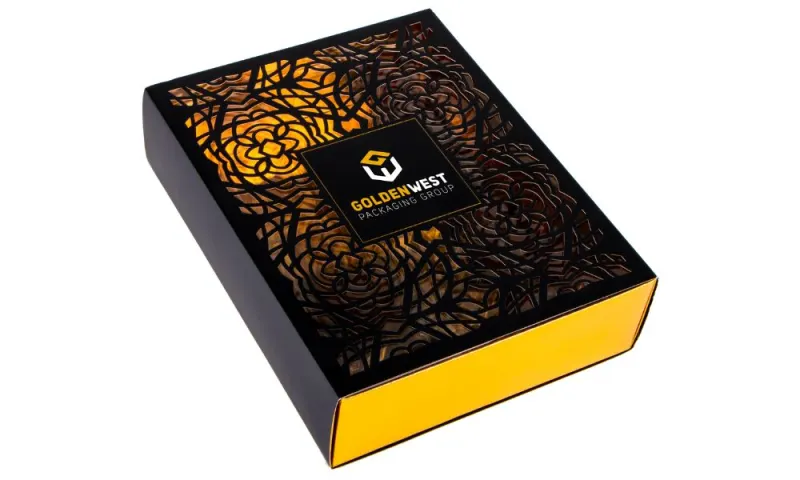
Why Precise Cuts Are a Big Deal in Packaging
In the realm of packaging, precision isn’t merely a desirable trait—it’s the cornerstone of success. Far too many companies struggle with substandard cuts, leading to boxes that fail to fit properly or designs that scream low quality, risking both product safety and brand reputation.
Imagine a shipment of rigid boxes or corrugated boxes with uneven edges; it’s a surefire path to disaster during transit or on display. Frequently, the root cause lies in antiquated manual cutting methods or equipment that simply can’t deliver accuracy.
Enter die cutting, a game-changing hero in a landscape of outdated tools, offering flawless shapes with unwavering consistency every time. Moreover, this process boosts efficiency with rapid production and enhances brand appeal through intricate, eye-catching designs. If poorly executed packaging has ever led to lost time or frustrated customers, embracing this innovative technique could well be the transformative solution you’ve been seeking.
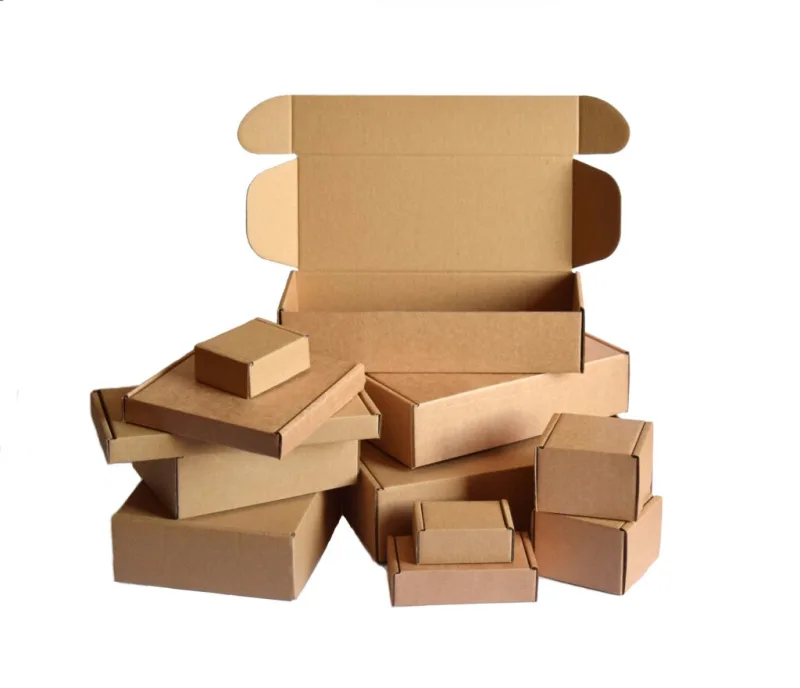
So, What Is Die Cutting Anyway?
At its core, die cutting is a meticulous crafting technique that employs a specialised tool—referred to as a die—to slice or mould materials into precise patterns with razor-sharp accuracy. Imagine it as an industrial-scale cookie cutter, but rather than shaping dough, a robust steel blade slices through everything from delicate paper to sturdy cardboard or tougher substrates.
Whether it’s paper die cutting or more demanding tasks, this method consistently produces identical forms for an array of items, ranging from elegant gift boxes to durable shipping containers. Moreover, its versatility shines through in handling diverse materials like foam, plastic, and even metal, making it indispensable across sectors. Ultimately, it stands as the silent backbone of industrial die cutting, ensuring each piece aligns perfectly with your design, be it for a modest batch of ten or an expansive run of ten thousand.
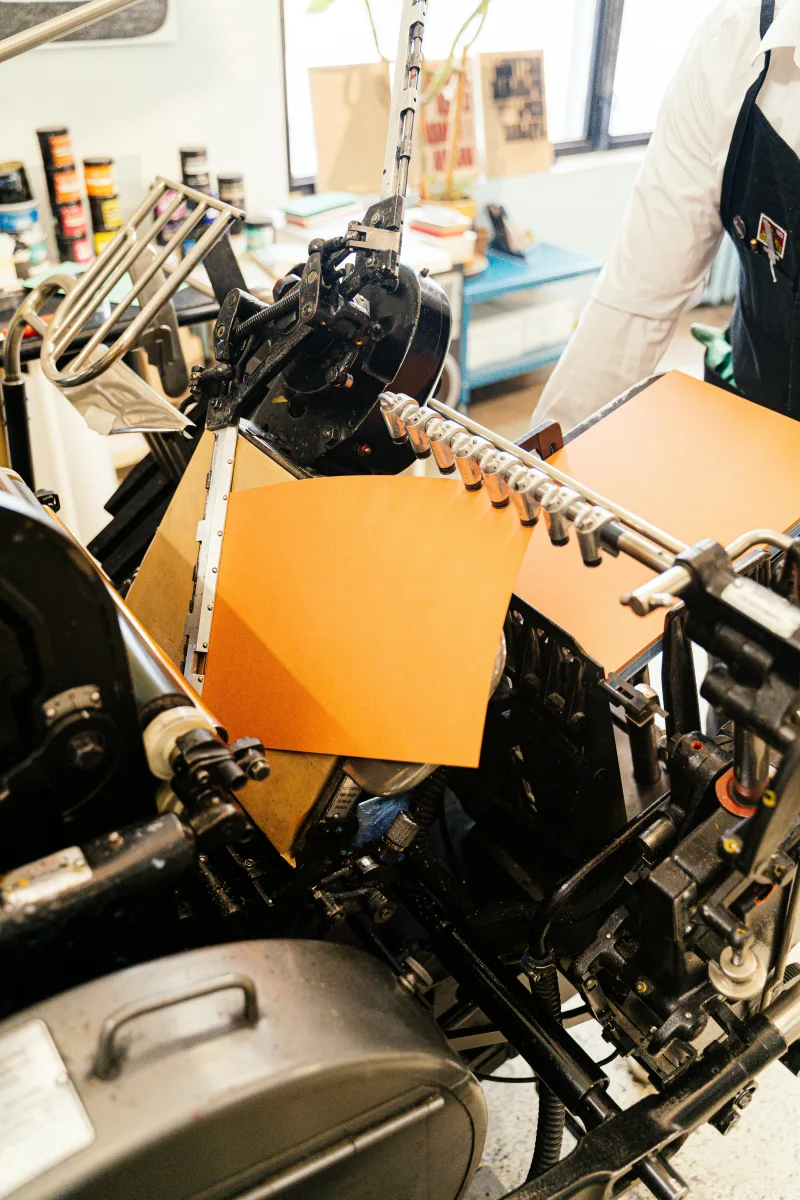
How Does Die Cutting Actually Work? A Peek Behind the Scenes
Curious about the intricate details of how die cutting operates? Allow me to unveil the essentials. Picture a meticulously choreographed ballet, where a machine and a bespoke tool glide in harmony, crafting wonders with each precise movement.
- Design Blueprint: The journey begins with a meticulous plan, often crafted using advanced software, outlining the packaging’s exact dimensions—much like an engineer mapping out a flawless blueprint.
- Die Creation: From this plan, a sturdy metal die is meticulously shaped, its edges sharpened to slice with unrivalled accuracy, reminiscent of crafting a bespoke key for an intricate, singular lock.
- Material Setup: The chosen material—be it corrugated cardboard for custom die cutting—is carefully aligned on the die cutting machine, poised for its starring moment.
- Precision Cutting: With immense power, the machine thrusts the die through the material, delivering a flawless cut, akin to a master craftsman carving through marble with unwavering focus.
- Finishing Touches: Excess fragments are swept away, and the piece may be creased for seamless folding or perforated with tiny incisions for effortless tearing, ensuring the final assembly is as smooth as a gentle breeze.
Interestingly, this process adapts fluidly depending on the scale—whether it’s a manual setup for smaller runs or a high-speed, automated system for industrial die cutting. Nevertheless, the outcome remains consistently impeccable, yielding perfectly tailored pieces ready to showcase your product.
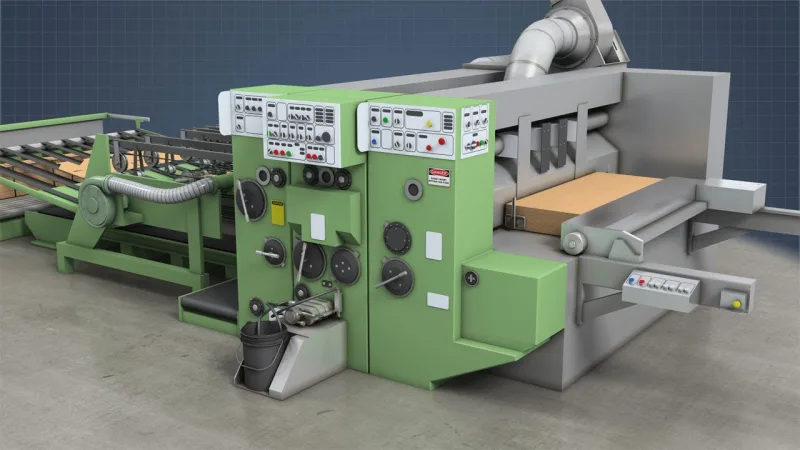
What Are the Flavors of Die Cutting?
Die cutting is far from a rigid craft—instead, it flexes to meet the unique needs of every project. Let’s explore the core types of die cutting, each wielding its own remarkable strength.
- Flatbed Die Cutting: Tailored for small batches or denser materials, this technique employs a hydraulic press to force the die through the stock. Robust and versatile, it shines as the go-to option for crafting sturdy corrugated boxes, effortlessly tackling thicker sheets where other methods falter.
- Rotary Die Cutting: Here, velocity takes centre stage. With a cylindrical die gliding over a continuous material stream, this approach excels in high-volume runs, ensuring seamless efficiency in packaging production without a hint of delay.
- Digital Die Cutting: A modern marvel, this method—often akin to laser cutting—harnesses software-driven precision to carve intricate patterns without traditional dies. It’s the ideal choice for elaborate or small-scale designs, sidestepping the steep costs of conventional tooling.
Ultimately, each technique addresses distinct requirements, whether you’re shaping bespoke rigid boxes or powering through bulk orders. Selecting the best fit depends on your production volume, material choice, and design complexity, ensuring a seamless match between vision and execution.
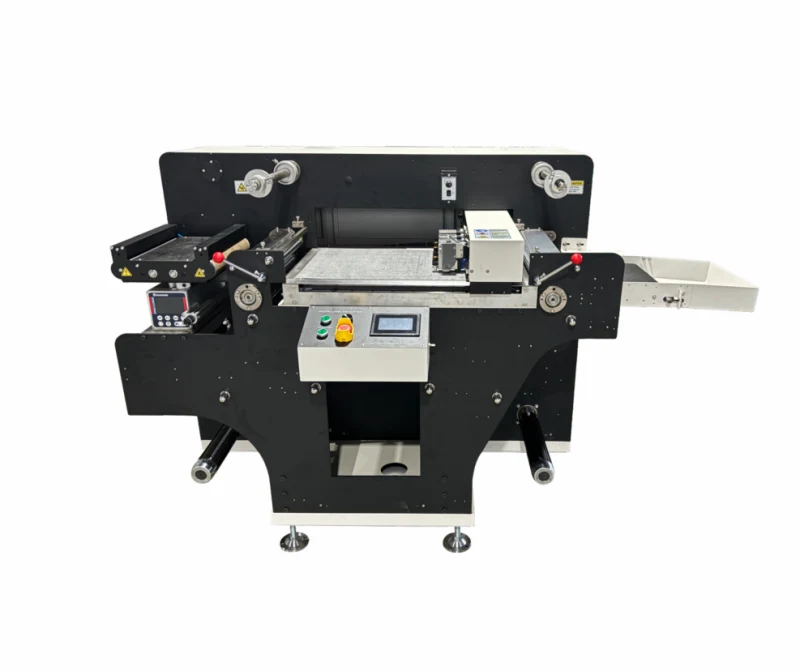
What Tools Bring Die Cutting to Life?
Behind every impeccable cut lies a carefully chosen array of die cutting tools. These unsung heroes ensure that your packaging not only serves its purpose but also captivates with its visual appeal.
- Dies: The true stars of the show, these metal moulds come in varieties like sturdy steel-rule dies for heavy-duty tasks and intricate etched dies for precision work on delicate designs.
- Die Cutting Machines: Whether it’s manual setups for smaller ateliers or sophisticated automated systems like flatbed and rotary machines for large-scale production, these powerhouses deliver the force needed for flawless cuts.
- Cutting Plates and Mats: Imagine these as the silent guardians that shield both the equipment and the material, ensuring each cut is executed smoothly without a hint of damage.
- Ejection Rubber: Though understated, this resilient layer plays a vital role, acting like a spring to release the cut piece from the die, thus averting irritating snags or tears.
When wielded by expert hands, these tools transform creative visions into tangible packaging masterpieces with surgical precision. At C MIC Packaging, we harness state-of-the-art equipment to ensure that every cut meets uncompromising standards of excellence.
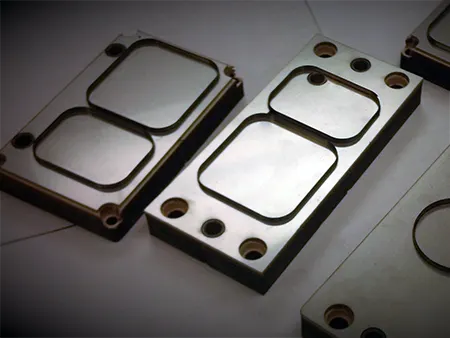
Where Do You See Die Cutting in Packaging?
The versatility of die cutting spans the vast terrain of packaging, acting as a master craftsman’s indispensable tool, adept at tackling any challenge with precision and flair.
- Product Packaging: From elegant makeup containers to robust electronics enclosures, die cutting shapes materials into protective, brand-aligned designs that not only safeguard but also narrate the essence of the product.
- Labels and Tags: With surgical accuracy, it crafts intricate labels featuring flawless edges, ensuring your brand stands out brilliantly amidst the clutter of retail shelves.
- Specialty Boxes: Picture innovative collapsible gift boxes or striking display packs boasting unique cutout windows—die cutting transforms these creative visions into tangible, eye-catching realities.
- Inserts and Dividers: Custom-designed inserts and dividers embrace products securely during shipping, significantly reducing the risk of damage and ensuring safe arrival.
In essence, whether it’s the sophisticated packaging of a boutique or the heavy-duty requirements of warehouse logistics, this technique guarantees that your packaging not only functions effectively but also captivates. Consequently, businesses frequently collaborate with experts like C MIC Packaging to deliver bespoke, impressive solutions that leave a lasting impact.
How Does Die Cutting Benefit Your Business?
Let’s delve into the core advantages: the value of die cutting goes far beyond surface-level appeal—it tackles genuine challenges for packaging buyers and managers head-on.
- Unmatched Precision: Each component is a perfect replica of the previous one, eliminating uncertainty and lending your brand a sleek, professional look.
- Rapid Delivery: Cutting-edge automated systems slash production timelines, ensuring you meet even the most demanding deadlines effortlessly.
- Reduced Waste, Greater Efficiency: Ingenious design layouts maximise every fragment of material, cutting expenses while enhancing sustainability—a dual triumph for your budget and the planet.
- Boundless Creativity: Envisioning an unconventional box design or a distinctive cutout? Bespoke die cutting transforms imaginative concepts into concrete results without restrictions.
Ultimately, these advantages mean fewer headaches over quality mishaps or delayed shipments. By partnering with experts like C MIC Packaging, you tap into rigorous quality assurance and innovative solutions, ensuring your supply chain operates with seamless precision.

Any Downsides or Risks to Watch For?
Die cutting packs a powerful punch, yet it comes with its share of imperfections. The initial investment for custom die cutting tools can be a harsh blow, particularly when crafting bespoke designs that demand high-tech machinery and skilled craftsmanship. Moreover, mastering the art of matching the right technology to your materials presents a steep learning curve; a mismatch could lead to ragged cuts or prematurely damaged equipment.
Additionally, for small batch productions, the expense of custom dies often feels unjustifiable compared to more economical digital alternatives.
Beyond this, the labour-intensive nature of creating intricate dies, often involving manual steel rule placement, can add to the complexity. Nevertheless, understanding these potential pitfalls equips you to strategize effectively. By partnering with experienced professionals, you can navigate these challenges with ease, ensuring the process seamlessly supports your vision.
Conclusion: Step Up Your Packaging Game
To wrap it up, die cutting is your ticket to precision, speed, and originality in packaging. From decoding what die cutting is to diving into its types, tools, and uses, it’s obvious this method tackles pain points like uneven cuts and squandered resources head-on. The payoffs—accuracy, efficiency, and endless customization—can redefine how your products are seen and safeguarded.
Ready to take your packaging from “meh” to mesmerizing? Think about linking up with specialists like C MIC Packaging. Our obsession with quality, custom solutions, and sustainable approaches might just be the boost your brand craves. Drop us a line today to discover how we can inject precision into your next big project.
